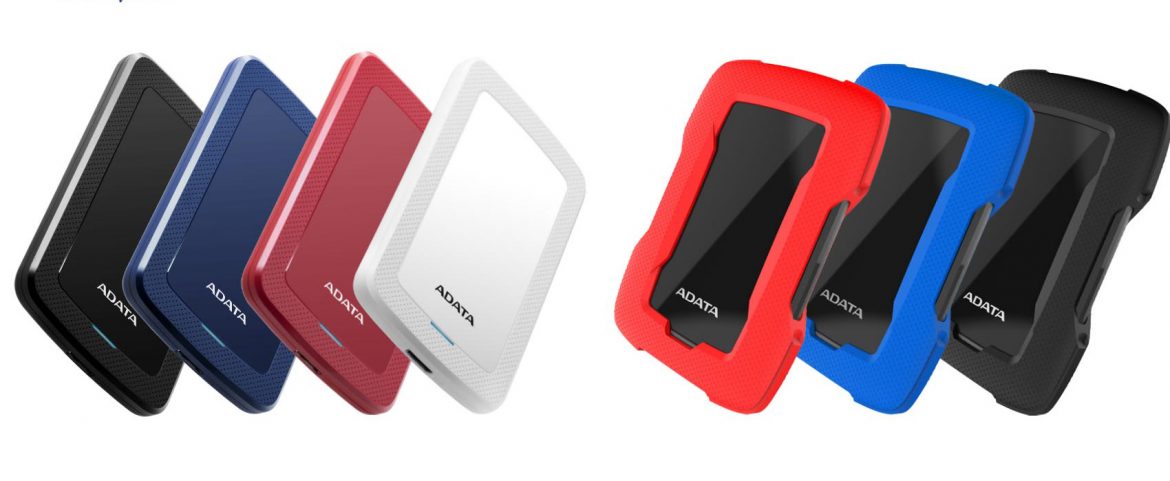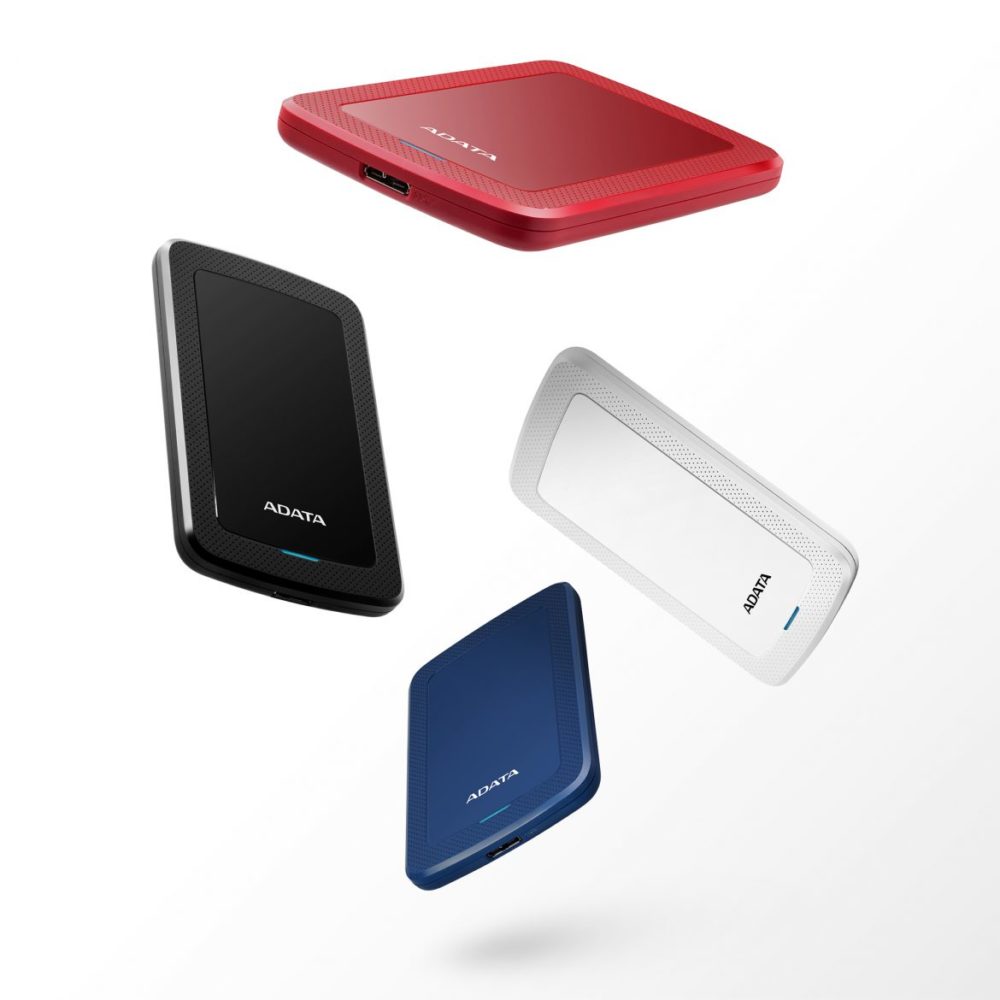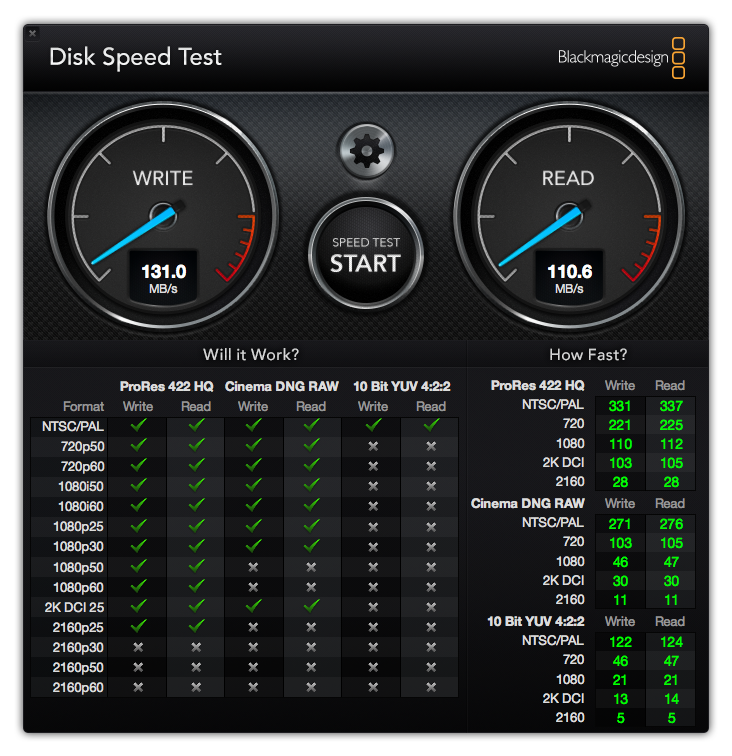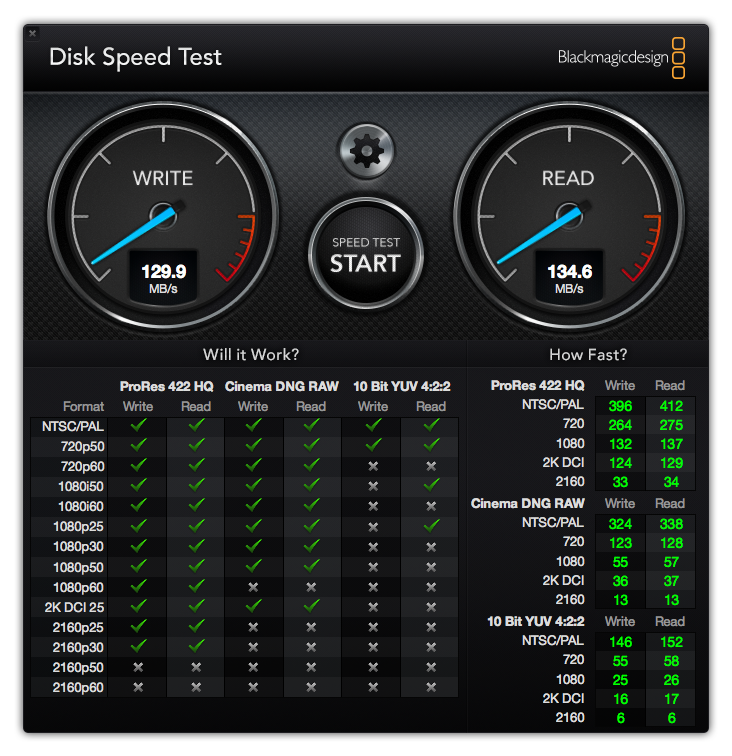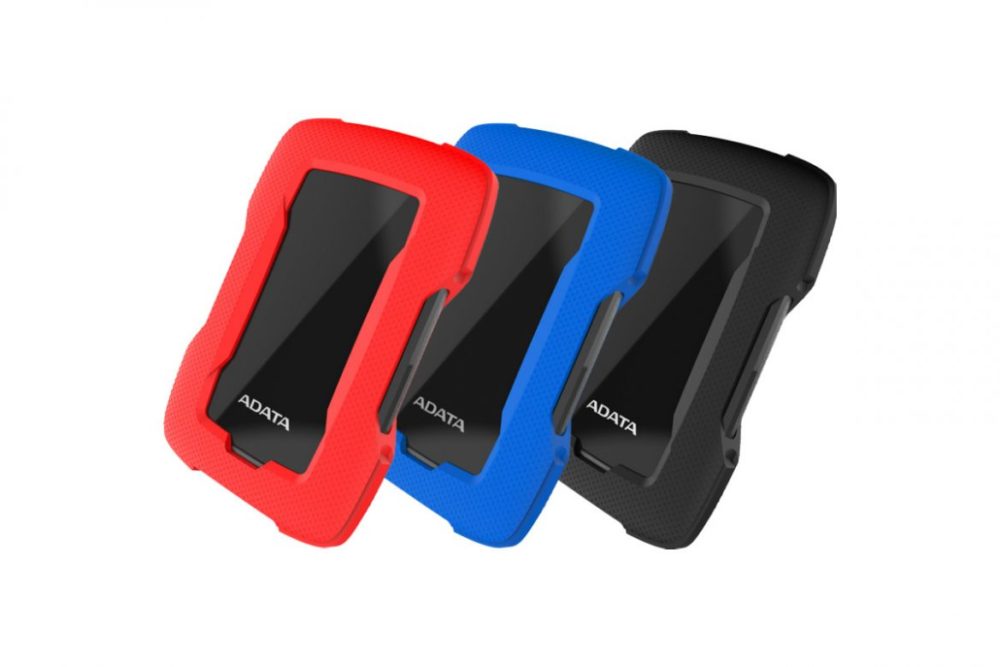TL;DR
ADATA's new HD330 and HV300 external hard drives offer decent performance and good impact resistance, but their pricing isn't as aggressive as some competitors. While they boast USB 3.1 speeds, expect real-world performance closer to USB 3.0. The HD330 is more robust for outdoor use, while the slightly faster HV300 is a good option for those prioritizing speed. Both are a bit pricier than comparable Western Digital models, but ADATA offers a three-year warranty. Are these durable drives worth the cost for your needs? Read on to find out!
Competition in the portable, external hard drive market has intensified in recent years, initially at the 1-2 TB range and now at 2-4 TB. The use of readily available 2.5″ drives in enclosures powered solely via a computer’s USB port has become a standardized solution, effectively supplanting older external hard drive options that required independent power supplies. Common applications include backup solutions such as TimeMachine, hosting a Plex server for digital media libraries, and increasingly, connecting the drives as external storage for gaming consoles. This approach offers a cost-effective alternative to replacing the internal hard drive, though upgrading the internal drive can also yield positive results, as discussed here.
ADATA (sometimes stylized as A-DATA), a Taiwanese manufacturer, is a relative newcomer to the Swedish market. While Taiwan’s political status is complex, the region has a long history of manufacturing hardware for established American brands. Generally, Chinese brands like Lenovo and ZTE offer more budget-friendly options, while Taiwanese brands such as Asus and MSI tend towards the higher end. These Asian manufacturers aim to leverage their technical expertise while offering competitive pricing, free from the overhead of expensive licenses, established brand recognition, and extensive distribution networks.
We evaluated two new, similar external hard drive models from ADATA: the HD330, a 2TB drive featuring enhanced padding for increased impact resistance (resulting in a larger physical size), and the HV300, a corresponding 2TB slim drive, also incorporating shock-resistant technology but without the protective rubber enclosure.
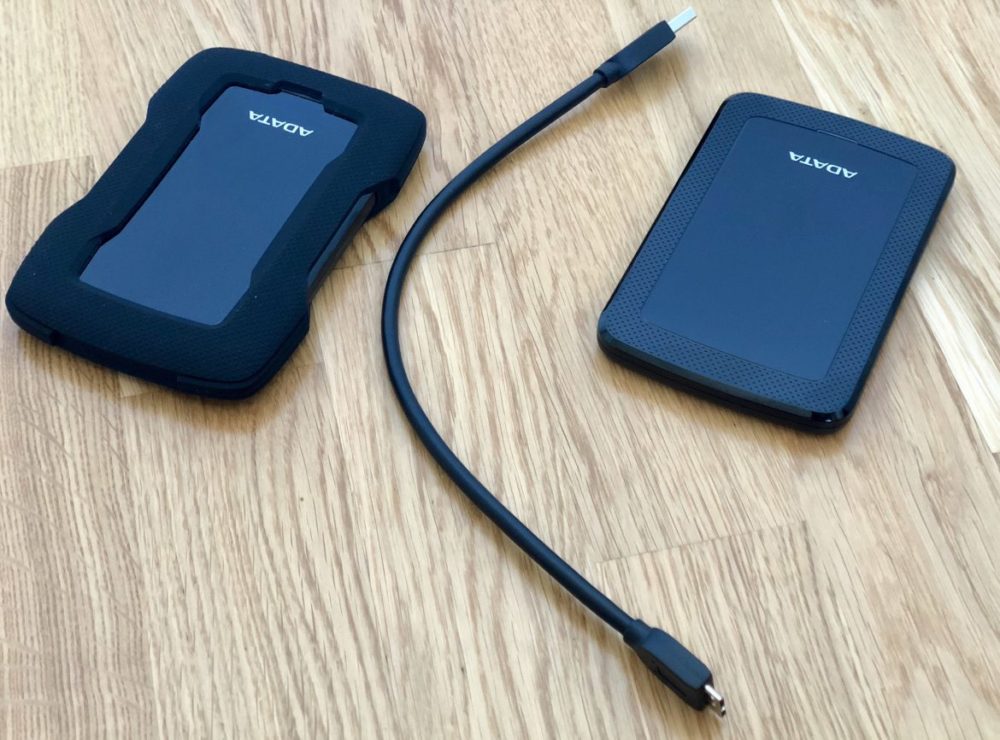
HD330 (left) and HV300 (right) side by side. Stylish and smooth, but the USB cable could have been longer. Photo: senses.se
On paper, the drives present identical specifications: a 2TB capacity, USB 3.1 interface, and a maximum speed of 5 GB/s. It’s important to note that the combination of USB 3.1 and 5 GB/s may seem contradictory, as the theoretical maximum speed for USB 3.1 is 10 GB/s, while 5 GB/s aligns with USB 3.0. This discrepancy stems from the USB standard’s nomenclature: USB 3.1 Gen 1 (effectively USB 3.0) and USB 3.1 Gen 2 (the version commonly understood as “true” USB 3.1), with only the latter supporting 10 GB/s. This naming convention can cause considerable confusion. Therefore, it’s more accurate to anticipate performance comparable to USB 3.0 for these ADATA models.
Performance
Theoretical speeds provide a general indication of a technology’s maximum potential under ideal conditions. In practice, sustained write operations are common, and the suitability of an external HDD varies depending on the intended use. Some drives excel at transferring large files, while others are optimized for frequent, smaller read/write operations.
The ADATA drives are pre-formatted with FAT32, ensuring immediate compatibility with both PC and Mac systems. However, users are advised to reformat the drives to a file system optimized for their specific operating system to avoid limitations inherent in the older MS-DOS format. In our tests at senses.se, using a Mac (High Sierra) system, we reformatted the drives to Mac OS X Extended (journaled). (Note: the included encryption software is PC-compatible only.) Surprisingly, this reformatting did not significantly impact performance. We utilized BlackMagic Disk Speed Test, a free benchmarking tool available for download, to simulate video editing scenarios and assess realistic performance expectations for external HDD usage. BlackMagic provides indicators suggesting suitable applications based on the tested drive’s capabilities, with higher resolutions and frame rates demanding greater performance (4K at 60 fps with 10-bit color depth represents a significant load).
ADATA HD330 – Write and read speed (Mac OS Journaled, tested on USB 3.1-compatible port)
Write and read speeds of approximately 130 MB/s and 110 MB/s, respectively, may appear underwhelming compared to theoretical speeds of 5,000 MB/s. However, it’s essential to differentiate between theoretical capabilities and real-world performance. Furthermore, external HDDs are typically not used in the same manner as internal system drives (which ideally are SSDs). Modern SSDs can achieve write and read speeds around 2,000 MB/s, highlighting the importance of sufficient internal storage capacity for demanding applications.
Nevertheless, the observed performance represents a substantial improvement compared to the editorial staff’s three-year-old 2TB USB 3.0 drive from Western Digital, demonstrating continued advancements in external HDD performance.
Transferring large files (tested with 1GB) exhibited an accelerating behavior, with an initial lag followed by a rapid increase in speed. The average transfer time for the HD330 was approximately 15 seconds.
ADATA HV300 – Write and read speed (Mac OS Journaled, tested on USB 3.1-compatible port)
The HV300, with its slimmer profile, demonstrated slightly improved read speeds while maintaining similar write speeds. The transfer of a 1 GB file took just over 12 seconds, representing a noticeable (approximately 30%) performance gain. This makes the HV300 a potentially preferable option for users prioritizing speed over enhanced drop protection.
Impact Resistance
We conducted field tests in the Värmland forests, utilizing the drives during extended hikes and outdoor activities. ADATA incorporates a feature designed to automatically interrupt read and write operations upon detecting shocks to safeguard the physical disk. While we did not intentionally attempt to damage the drives, they withstood deliberate drops of approximately one meter onto the ground without issue. For users frequently exposed to outdoor environments and the risk of accidental drops onto surfaces such as stones (a common concern for mobile device users), the HD330, with its robust rubber cladding, is recommended despite its slightly lower performance. We also express interest in testing ADATA’s IP68-rated waterproof drives in the future.
Price / Performance
ADATA enters a highly competitive market with these 2TB models priced around 1200 SEK. This pricing is not exorbitant but does not represent the aggressive, “OEM-cheap” pricing often associated with Asian brands transitioning from manufacturing for others to direct sales. Compared to the popular WD MyPassport V2 2TB (a reasonable comparison despite being USB 3.0), ADATA’s offering is comparatively expensive (approximately 50% higher). Furthermore, the ADATA drives trade some performance for increased impact resistance. WD’s 4TB model, available for approximately 1300 SEK, presents a compelling price/performance proposition, offering twice the storage capacity from a well-established manufacturer for a negligible price difference. ADATA provides a three-year warranty, a positive factor. However, long-term reliability remains to be determined through extended use. We intend to update this review with further insights into long-term durability.
ADATA’s larger capacity models, such as the portable 5TB drive available for around 2100 SEK (requiring no external power), become more attractive from a price/performance standpoint. While we can only speculate on its performance, we may evaluate this drive in a future review.
Summary
ADATA’s HD330 and HV300 hard drive models offer adequate performance and good impact resistance at a reasonable, though not particularly compelling, price. Given the brand’s limited recognition in the Western market, it may face challenges competing against established brands that offer similar capacity at lower prices and often slightly superior performance. The primary advantage of the ADATA drives is their impact resistance, which performed well during our initial stress tests. However, the long-term mechanical lifespan and performance remain to be seen. We are keen to assess ADATA’s 5TB models, as similar performance and durability characteristics would position them as compelling contenders in terms of value. For the 2TB models, however, securing a foothold in the Swedish market may prove difficult, as price/performance considerations often outweigh the demand for impact resistance. Consequently, the HD330 and HV300 are primarily suitable for travelers and outdoor enthusiasts requiring a portable and rugged storage solution.
